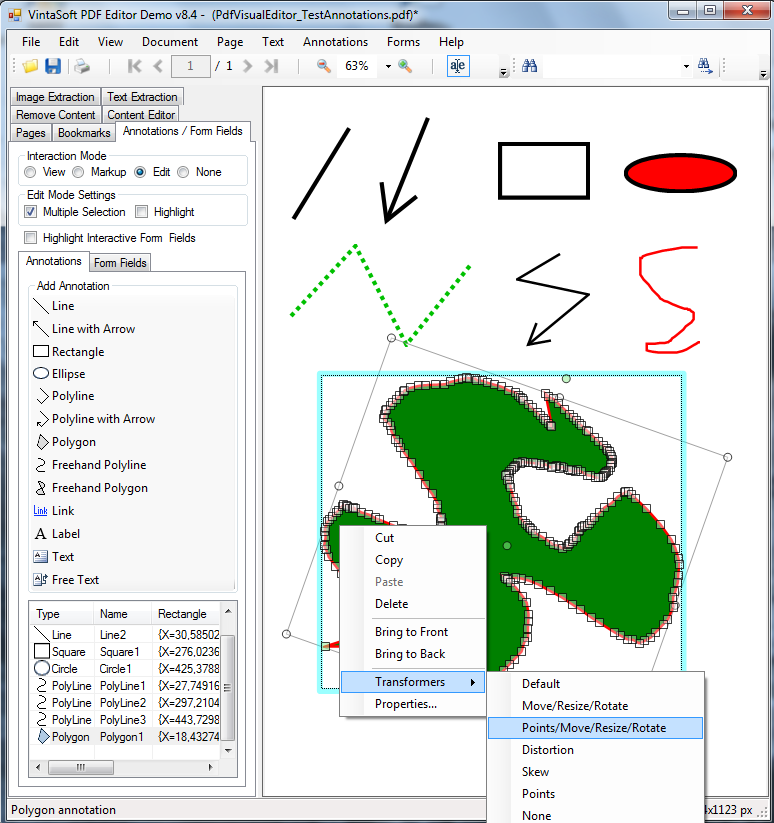


Annotations made on shared copies of texts (such as library books) are sometimes seen as devaluing the text, or as an act of defacement. With the rise of the printing press and the relative ease of circulating and purchasing individual (rather than shared) copies of texts, the prevalence of socially shared annotations declined and text annotation became a more private activity consisting of a reader interacting with a text. In the Medieval era, scribes who copied manuscripts often made marginal annotations that then circulated with the manuscripts and were thus shared with the community sometimes annotations were copied over to new versions when such manuscripts were later recopied. It became a prominent activity around 1000 AD in Talmudic commentaries and Arabic rhetorics treaties. Text annotation may be as old as writing on media, where it was possible to produce an additional copy with a reasonable effort. For information on annotation of Web content, including images and other non-textual content, see also Web annotation. This article covers both private and socially shared text annotations, including hand-written and information technology-based annotation. Annotations are extremely useful and help to develop knowledge of English literature. Text annotations are sometimes referred to as marginalia, though some reserve this term specifically for hand-written notes made in the margins of books or manuscripts. In some fields, text annotation is comparable to metadata insofar as it is added post hoc and provides information about a text without fundamentally altering that original text. Text annotations can include notes written for a reader's private purposes, as well as shared annotations written for the purposes of collaborative writing and editing, commentary, or social reading and sharing. Text annotation is the practice and the result of adding a note or gloss to a text, which may include highlights or underlining, comments, footnotes, tags, and links.


 0 kommentar(er)
0 kommentar(er)
